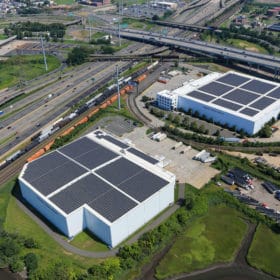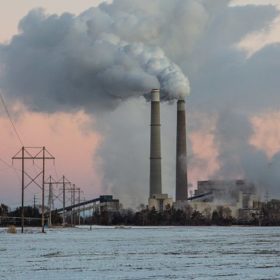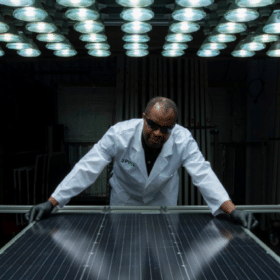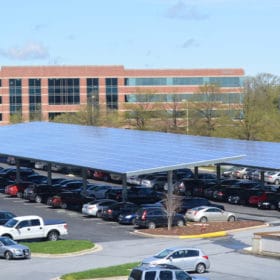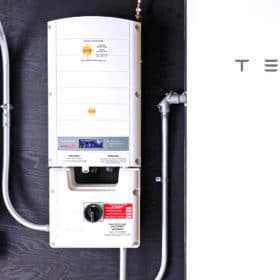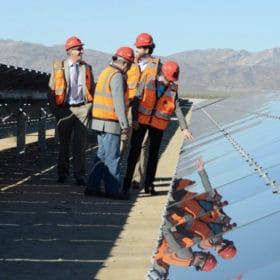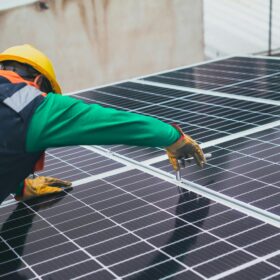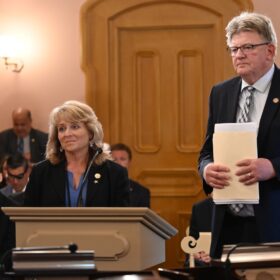Morning brief: Solar on the family farm, LIPA shutting down steam, PG&E emerging from bankruptcy
Also in the brief: product announcements from GAF Energy, REsurety and Point Load Power.
Renewable energy and the free market economy
How the heavy-handed federal government is straying from its free market ideals and slowing down the renewable energy industry. Take FERC’s recent mandated Minimum Offer Price Rule (MOPR) in the PJM market, for example.
Renewable energy in the US surpassed coal for first time in more than a century
The coal era is officially over in the United States. Not since 1885, when coal replaced wood, have renewables taken the lead.
Record low solar PPAs in the Southwest mean ‘carbon capture is not going to save coal plants’
Recently approved solar PPAs could spell trouble for proponents of retrofitting the state’s San Juan Generating Station to capture the coal-fired plant’s carbon dioxide emissions.
PVEL solar module scorecard: In a rush to innovate, some manufacturers ‘overlooked basic quality control’
PV Evolution Labs (PVEL), a test lab for the downstream solar market, just published its PV Module Reliability Scorecard. The lab notes the high level of innovation in the solar module industry and namechecks the market’s reliability leaders — but also observed a resurgence of known failure mechanisms — such as PID.
The solar industry and consumers both lose with federal ‘MOPR’ rule
Electricity consumers would pay at least $1.1 billion more per year in the 13-state PJM grid region, says a new report, while 8.5 GW of capacity sales from new solar developments would be excluded from the capacity market, and corporate solar purchase agreements could cost 50% more — if courts uphold a federal regulation known as “MOPR.”
RFP issued for Santa Barbara School District microgrid projects
As part of a collaborative effort with Sage Energy Consulting, the district has issued an RFP for 4.5 MW of solar capacity and 6 MWh of storage across 15 sites.
Green Mountain Power expands Tesla Powerwall and bring-your-own-device energy storage programs
Customers now have two options in home battery programs, while also agreeing to pledge some of their stored power for peak reduction.
Morning Brief: The Wolf of Wall Street teaches solar sales, misleading solar ads tout 100% free panels
Also in the brief: GOP Senators seek help for renewables, Engie is among those chosen in Hawaii’s largest renewable tender.
It’s getting harder to develop solar on US federal lands
Now that the two-year tax holiday enjoyed by solar and wind projects operating on federally-owned lands is over, project owners and developers are facing back rent with more expensive leasing costs looming in 2021. With federal land being critical to a renewable future, what can be done?

